Unveiling the Latest Apple Watch: Series 9 and watchOS 10 in Fall 2023
In Fall 2023, Apple launches its 9th-gen Apple Watch, maintaining its smartwatch dominance. WatchOS powers its capabilities, evolving annually with notable features. Compatibility with Android is limited.
In Fall 2023, Apple has unveiled its highly anticipated 9th generation Apple Watch, solidifying its dominant position as the premier high-end smartwatch manufacturer. Alongside this release, Apple has introduced the cutting-edge Apple Watch Ultra, further cementing its unrivaled status in the smartwatch market. The latest Apple Watch Series boasts an impressive array of features, including instant altitude measurement, blood-oxygen level monitoring, and seamless music playback, setting it apart as the pinnacle of smartwatch technology.
However, the Apple Watch's functionality isn't solely reliant on its hardware; a crucial part of its performance lies in its software side, known as watchOS. This specialized platform is the backbone that powers the watch's applications and facilitates seamless integration with other Apple devices running iOS, iPadOS, and macOS. Although it may seem like a complex ecosystem, watchOS offers a comprehensive glimpse into the capabilities of modern smartwatches. Let's delve into how watchOS functions, whether it can connect to Android phones, and the latest feature additions.
The Apple Watch comprises two integral components: the hardware side, represented by the Watch Series, and the software side, which is the watchOS, an abbreviation for Watch Operating System. watchOS serves as the operating system where all of the Apple Watch's functionality and downloaded applications reside.
In line with Apple's tradition, watchOS undergoes annual updates to enhance its feature set continually. Typically, these updates are announced ahead of the new Apple Watch model, allowing developers to test the beta version and ensure their applications remain compatible. Notably, watchOS is not limited to supporting apps and providing a user interface; it also plays a pivotal role in managing applications and allocating resources, significantly influencing battery life and overall speed.
The journey of the Apple Watch and watchOS began in 2015 when Apple unveiled its first smartwatch, concurrently releasing the WatchKit for developers. Initially, it closely resembled iOS, primarily designed to complement the iPhone. Nevertheless, over time, the software has evolved, becoming more distinct and tailored to the unique capabilities of the Apple Watch.
One of the hallmark characteristics of watchOS is its consistent evolution, marked by the introduction of significant new features through annual updates. In recent years, we've witnessed innovations such as:
The gradual expansion of the Apple Watch face, resulting in a larger display area. This enlargement empowers watchOS to display more information at once and allocate more space for app icons.
The Apple Watch's array of sensors, capable of performing tasks that even the iPhone cannot match. These sensors facilitate functions like monitoring blood oxygen levels, heart rate, temperature, and potentially even blood sugar levels in the future. watchOS adeptly manages these capabilities within an intuitive user interface that offers extensive customization options for apps, settings, and watch faces.
Despite its plethora of features and customization options, watchOS remains user-friendly for Apple enthusiasts, thanks to familiar elements such as the Control Center, Settings, touchscreen controls, and the Digital Crown, which all resemble those found on iPhones. watchOS 10 introduced new features like:
Seamless integration with Apple's ecosystem, encompassing other devices, subscriptions, and data syncing. Unfortunately, for Android users, there are limited options. Pairing an Apple Watch with an Android phone is not officially supported. While some workarounds exist to trick the Apple Watch into working with an Android SIM card, these methods are unreliable and result in reduced functionality. To fully enjoy the Apple Watch experience, owning an iPhone is highly recommended.
watchOS receives frequent updates, enhancing security, resolving bugs, and improving performance. It is designed to pair with only one iPhone at a time, and when unpaired, all personal data on the Apple Watch is automatically erased. Bluetooth sessions are also automatically secured. Moreover, an Apple Watch can be configured to unlock a Mac or an iPhone, and vice versa.
From a cost perspective, watchOS is free to use and update, with expenses primarily associated with the purchase of an Apple Watch Series and any subscription fees for iCloud services. The latest Apple Watch Series 9 starts at $399 for the aluminum version and goes up to $699 for an upgraded stainless steel variant.
In essence, watchOS serves as the software backbone of the Apple Watch, akin to iOS but tailored for a smaller screen, with a strong focus on fitness, health monitoring, activity tracking, and diverse functionalities. Its interface is highly customizable through various Watch faces, and the Smart Stack feature allows users to prioritize essential apps for widget notifications. As watchOS consistently evolves through updates, it continues to unveil new features, ensuring that there is always something exciting for new smartwatch users to discover. Stay tuned as we keep you updated on significant changes and the latest advancements that watchOS brings to the table for smartwatch enthusiasts.
Download your fonts:
Chiko & Owlie Font - Free Download
Crash One Font - Free Download
Black Sweet Font - Free Download
Sweetness Font - Free Download



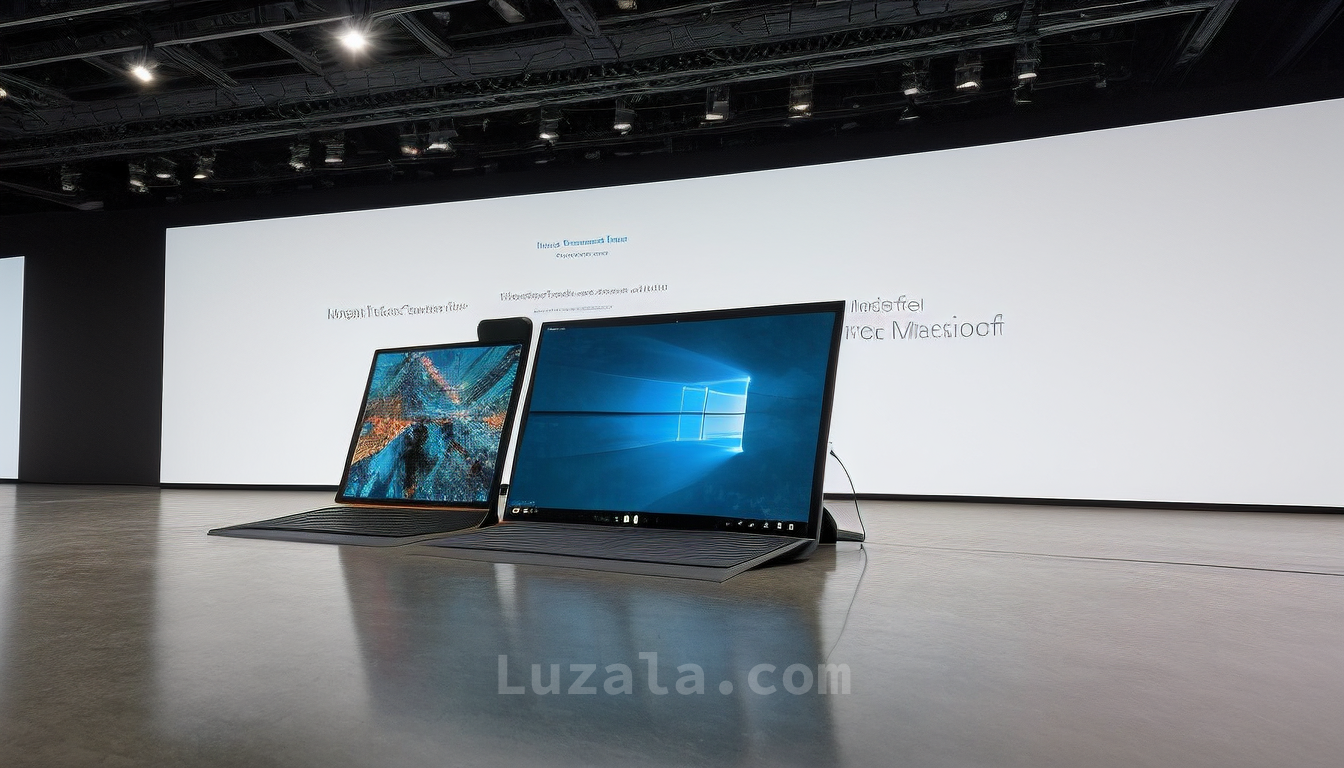
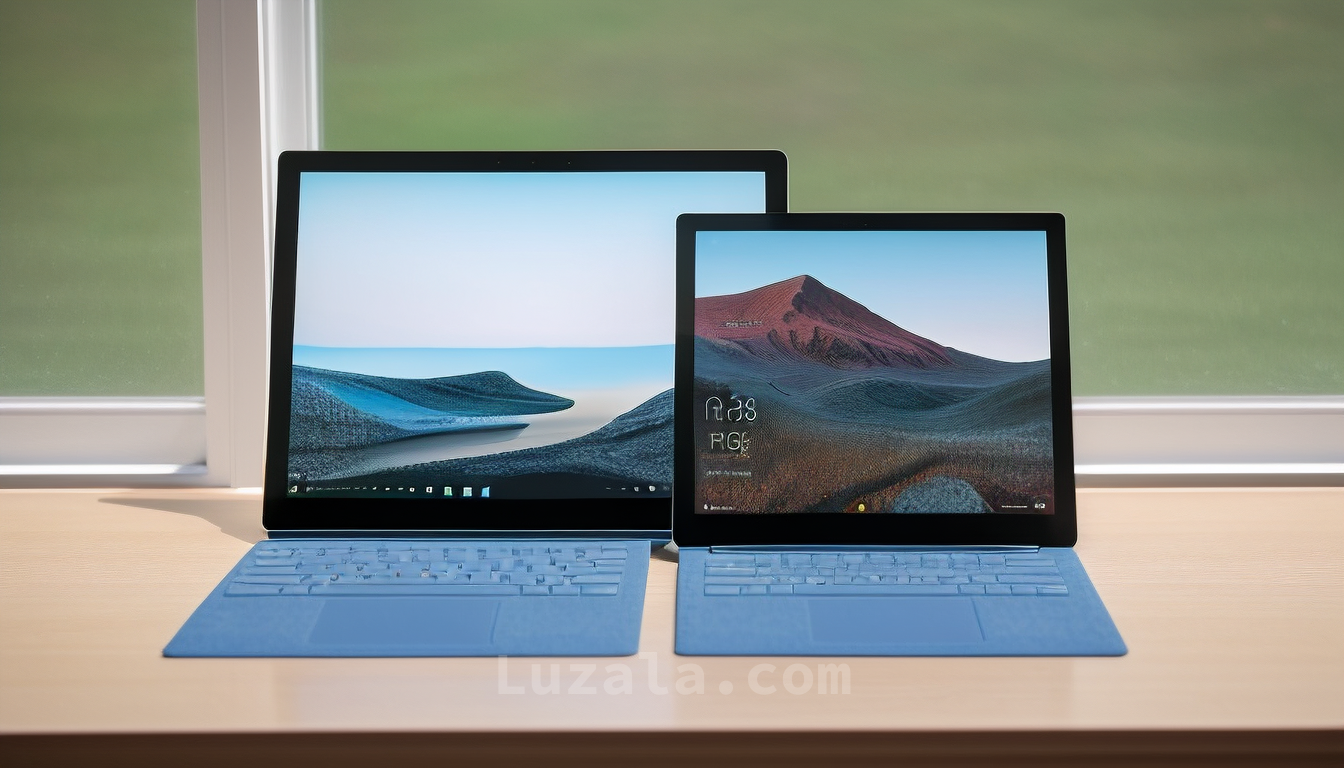

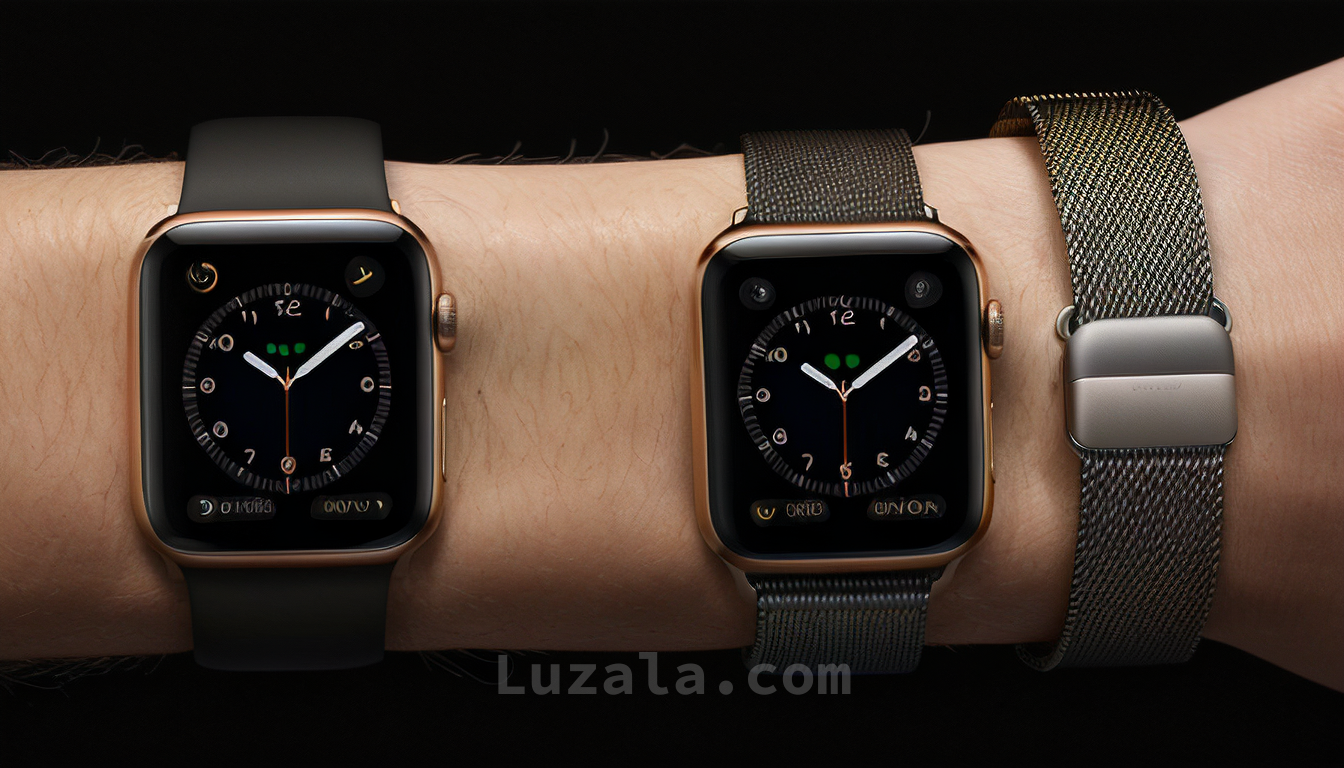

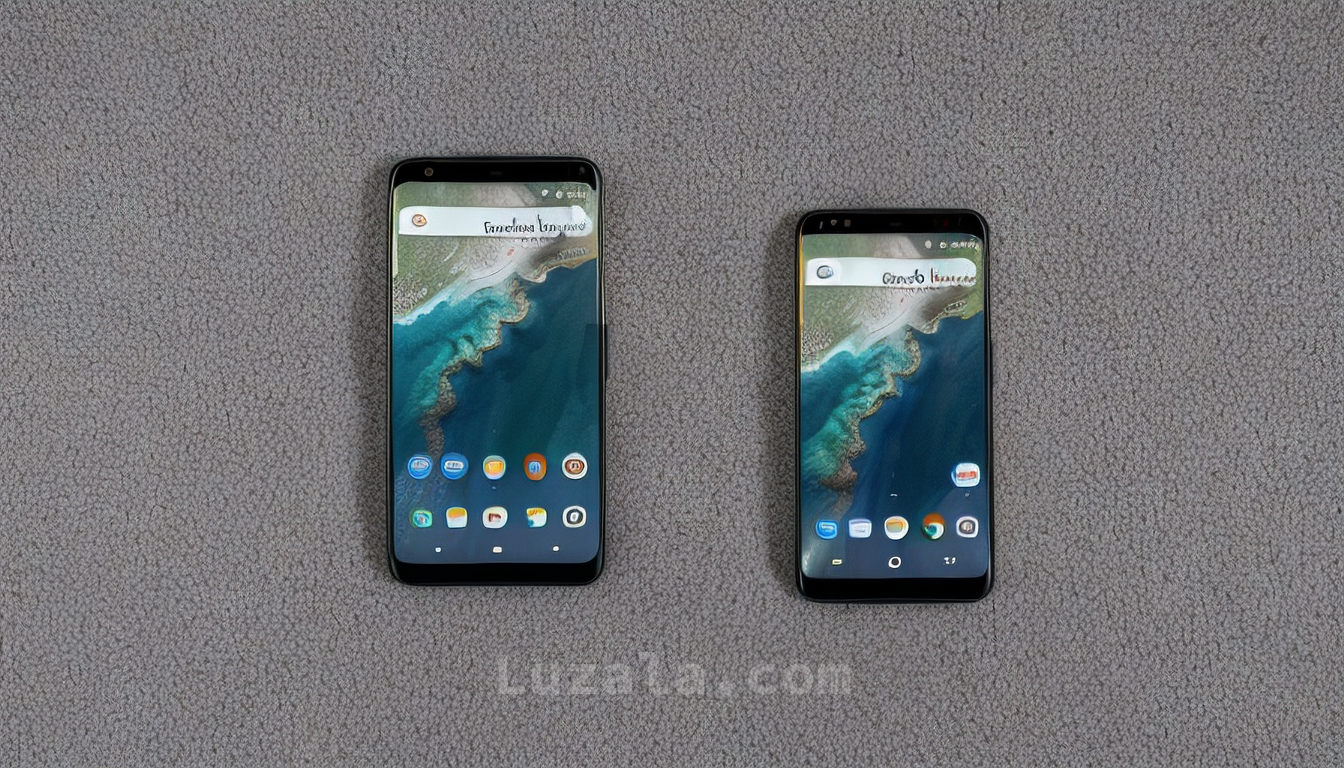
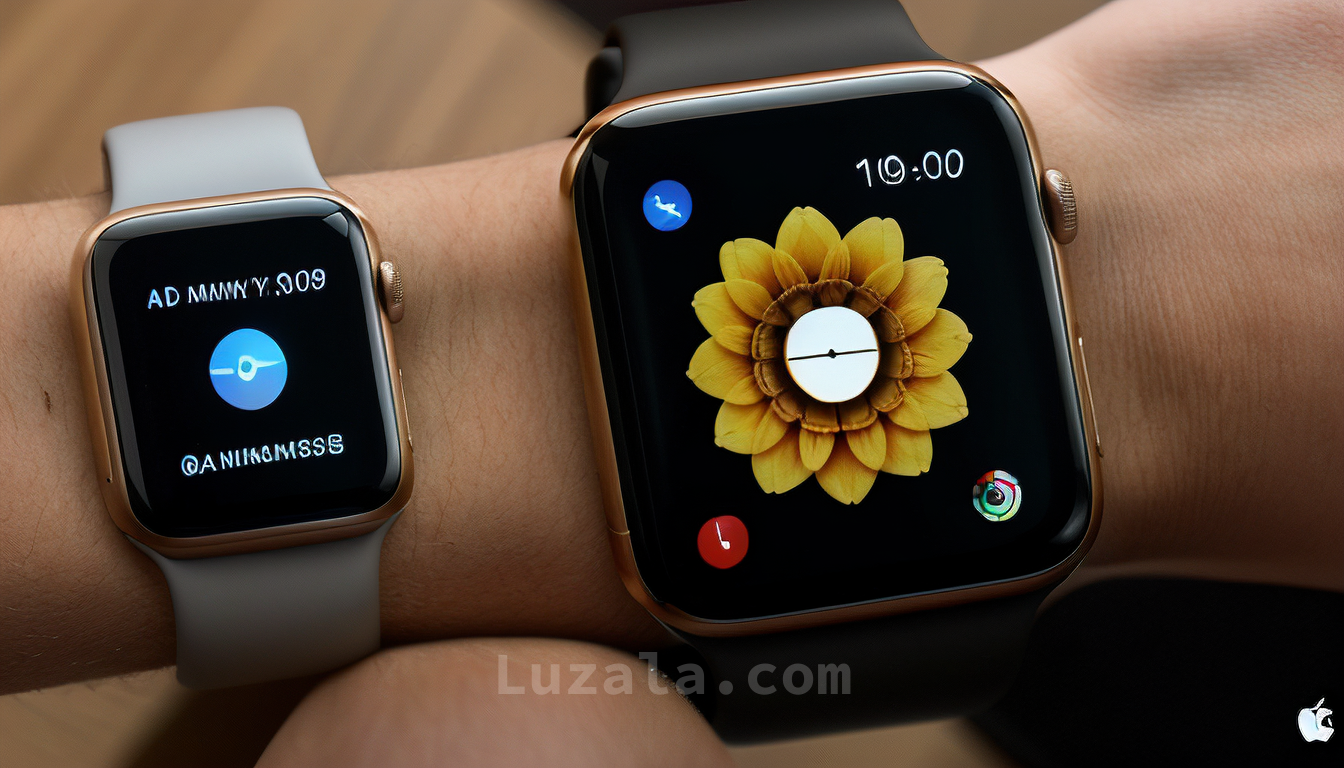





Comments